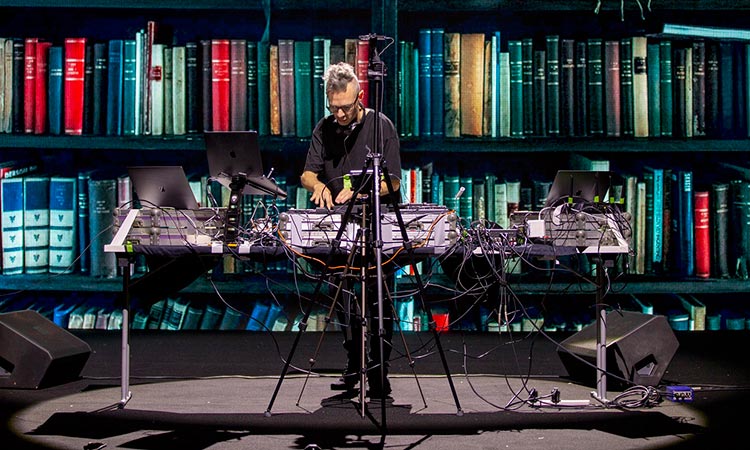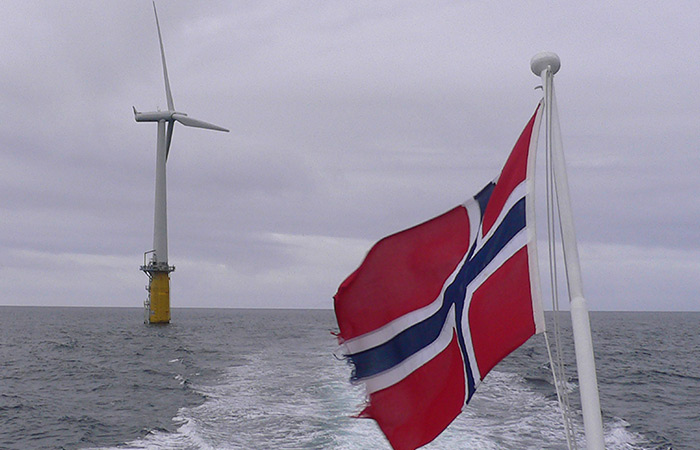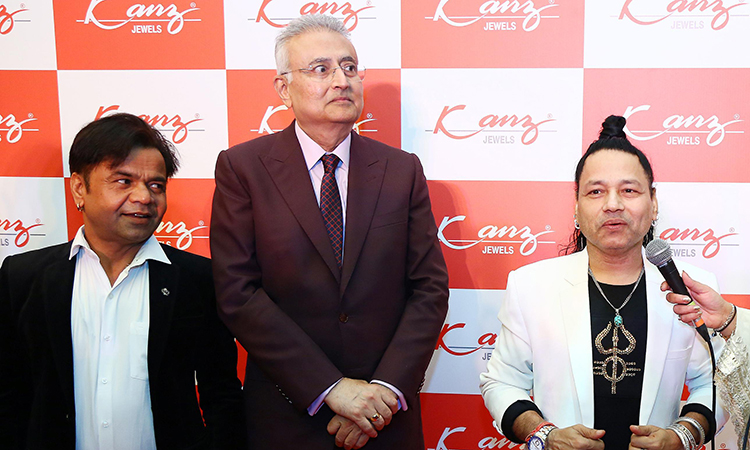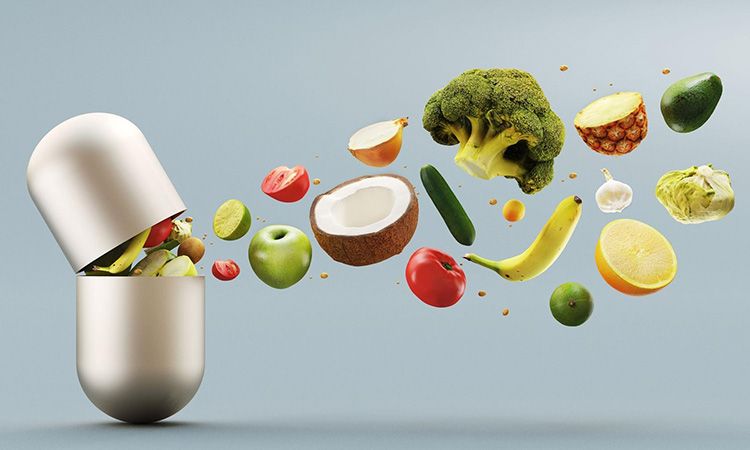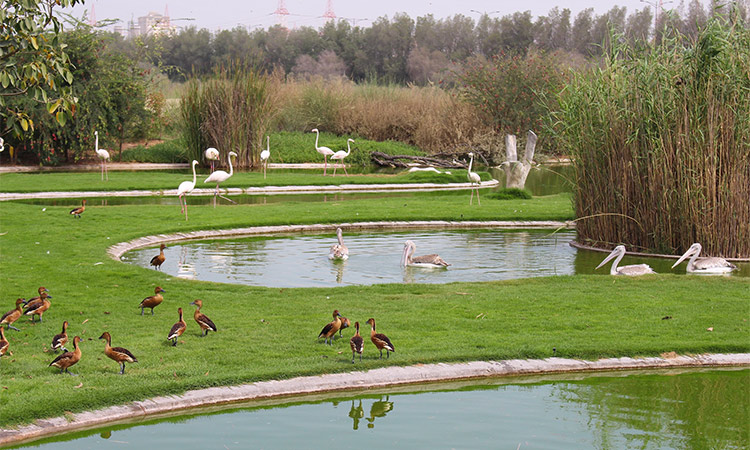Arctic doomsday vault stashes up on 1 million food seeds
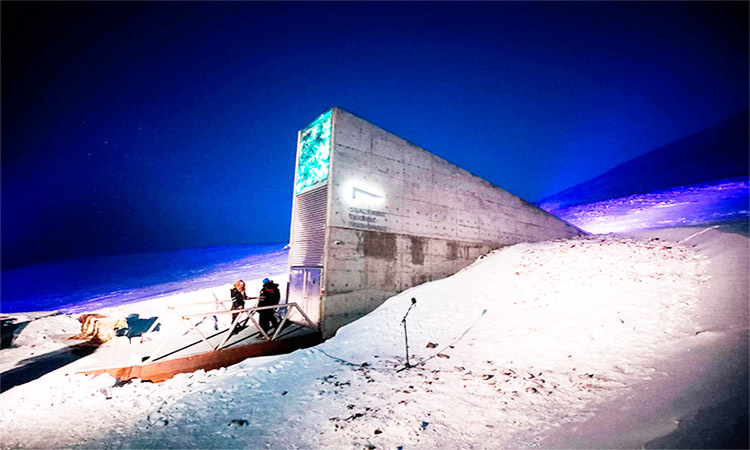
The vault is kept closed for most of the year, to protect the seeds inside.
Gulf Today Report
A "doomsday vault" nestled deep in the Arctic received 60,000 new seed samples on Tuesday stored in its deep freezer, including Prince Charles’s cowslips and Cherokee sacred corn, increasing stocks of the world's agricultural bounty in case of global catastrophe.
The Svalbard Global Seed Vault, built on a mountainside in 2008 earning it the nickname "doomsday vault", was designed as a storage facility to protect vital crop seeds against global disasters like nuclear war or disease, as well as the impact of climate change and loss of biodiversity.
The facility lies on the island of Spitsbergen in the archipelago of Svalbard, halfway between Norway and the North Pole, and is only opened a few times a year in order to preserve the seeds inside.
The "Noah's Ark" of food crops is set up to preserve plants that can feed a growing population facing climate change.
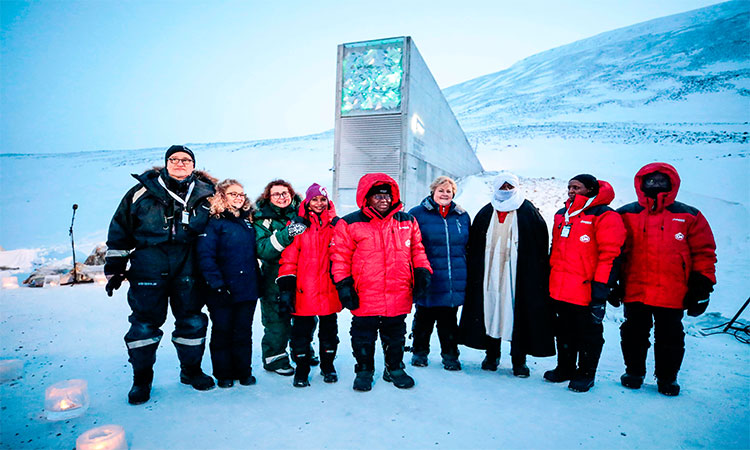
Norway PM Erna Solberg and Ghana's President Nana Akufo-Addo and officials add seeds to the vault. AFP
"As the pace of climate change and biodiversity loss increases, there is new urgency surrounding efforts to save food crops at risk of extinction," said Stefan Schmitz, who manages the reserve as head of the Crop Trust.
"The large scope of today's seed deposit reflects worldwide concern about the impact of climate change and biodiversity loss on food production."
The head of the genetic bank of the Nordic nations, Lise Lykke Steffensen, said every single seed in the vault "holds potential solutions for sustainable agriculture".
"Solutions that are vital for feeding a growing population and achieving a green transition," she added.
The new 60,000 sample arrivals include staple crops such as wheat and rice, as well as wild varieties of European apple trees.
Also among the seeds are beans, squash and corn from the Cherokee Nation -- the first Native American group to send crops to the vault including their sacred white eagle corn.
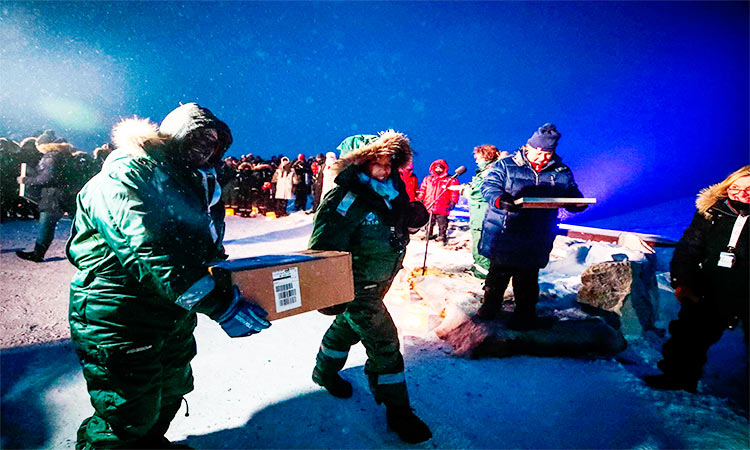
Britain's Prince Charles, who is known for his environmental advocacy, sent the seeds of 27 wild plants, including cowslips and orchids collected from the meadows of Highgrove, his country home.
"It has proved to be an exhausting and often demoralising task to persuade people of the utterly essential role played by all this diversity in maintaining vibrant, healthy ecosystems that sustain both people and our planet," the Prince of Wales said in a statement.
"It's more urgent than ever that we act now to protect this diversity before it really is too late," he added.
The latest shipment will bring the number of seed varieties, stored in three underground alcoves at an optimum minus 18 degrees Celsius (-0.4 degrees Fahrenheit), to 1.05 million.
The seed bank has the capacity to hold up to 4.5 million samples.
Around two or three million samples "would be a good idea to make the future of the food of mankind even more secure," Schmitz told in the freezing cold of Longyearbyen.
The vault has itself been hit by climate change.
In 2016, water seeped into its tunnel entrance when the permafrost that encases it began to melt as Arctic temperatures climbed unusually high.
Norway has since financed work to insulate the vault from further effects of a warming and wetter climate, which scientists say is happening twice as fast in the Arctic than the global average.
